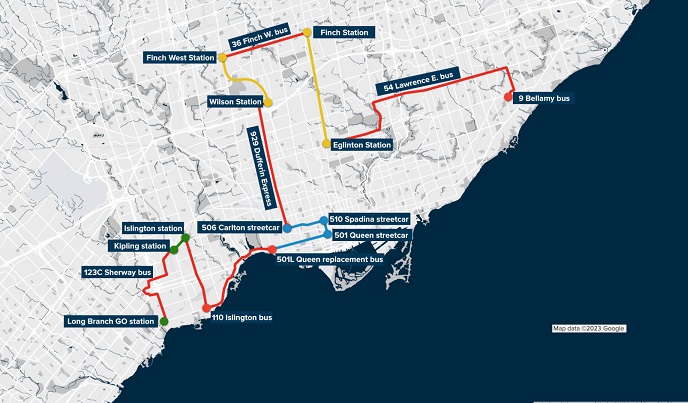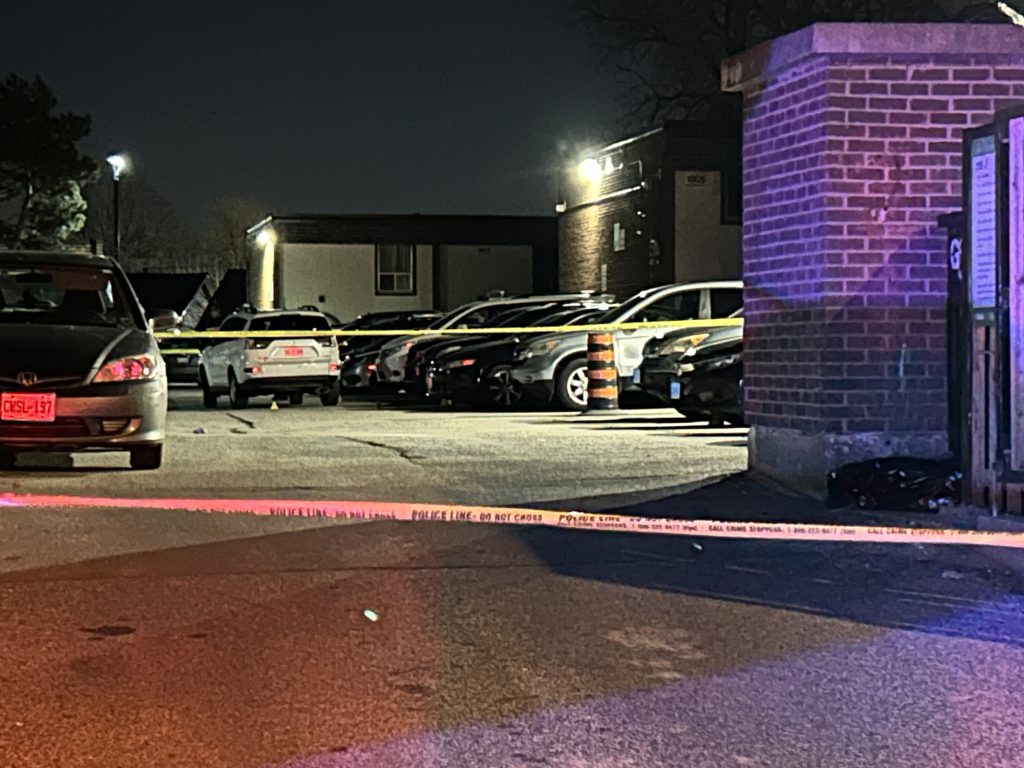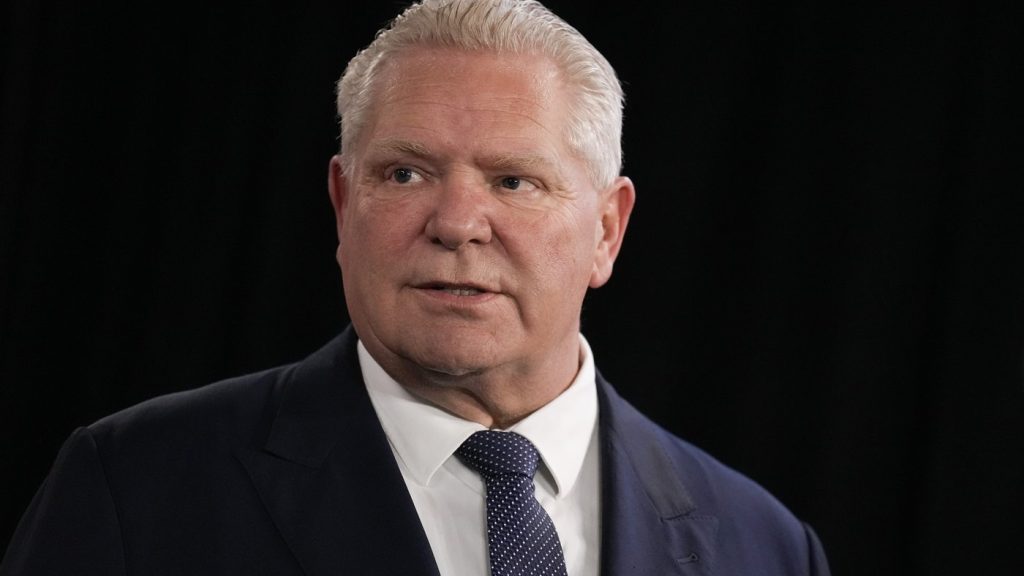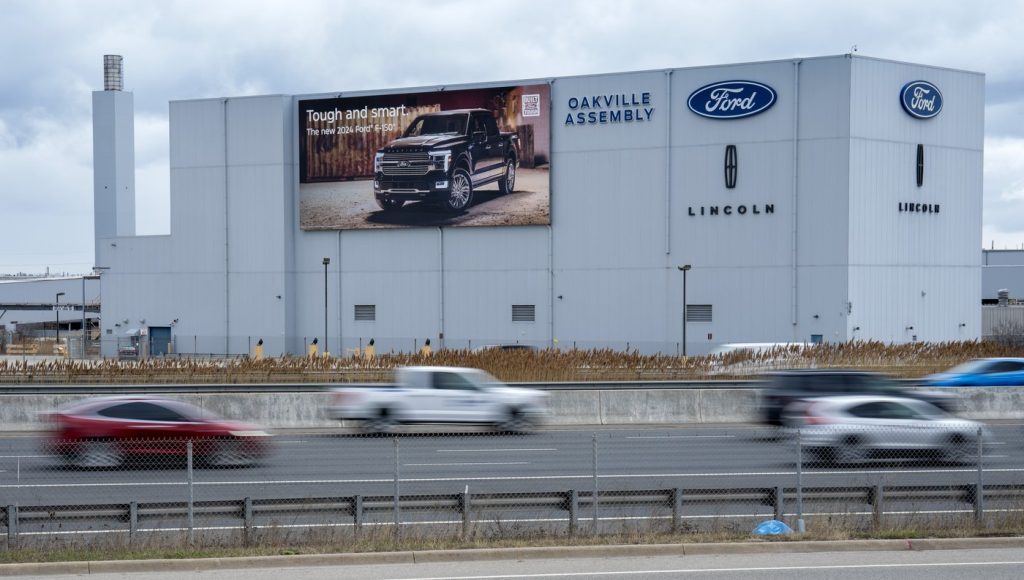TTC receives ‘B’ grade for service and reliability, but how accurate is the ranking?

Posted July 6, 2023 7:59 pm.
Last Updated July 6, 2023 9:01 pm.
The Toronto Region Board of Trade (TRBOT) recently gave the TTC a ‘B’ grade for service and reliability using various criteria, but how does the ranking line up with bus, streetcar and subway services on a typical summer day?
In a report released on Wednesday looking at 11 transit organizations in the Greater Toronto and Hamilton area, TRBOT staff gave the TTC an overall composite score of 69.21 per cent (0.11 per cent behind Mississauga, which was top).
Toronto’s transit agency had just an on-time percentage of 57.98 (more than 20 percentage points below Mississauga), but scored much higher when it came to frequent service coverage for residents and where jobs are. The TTC also received extra marks for 24-hour service.
CityNews embarked on a full-day tour of Toronto by travelling on seven bus routes, three streetcar routes and two subway lines to assess how trip times adhered to schedules, how full vehicles were, and other indicators of reliability.

CityNews travelled across Toronto to assess the reliability of several TTC bus, streetcar and subway routes. CITYNEWS / GOOGLE
How did the TTC do during our test?
Beginning in the late morning on Wednesday, a CityNews reporter started the journey outside Eglinton GO station in Scarborough. The first trip was on a 9 Bellamy bus, but it began prematurely as the bus pulled up two minutes before its scheduled time at 11:58 p.m. For riders rushing to catch the bus, it’s potentially bad news because service on the local route was cut back earlier this year midday and another bus wasn’t scheduled to arrive for 28 minutes.
At the westbound 54 Lawrence East bus stop at the corner of Bellamy Road and Lawrence Avenue East, a small sign at the stop highlights the route is part of the 10-minute service. While a bus showed up within a few minutes of arriving, TTC GPS data obtained by texting a stop number to the transit agency suggested that based on vehicle locations it could be 14 minutes until two buses were set to come at the same time and 31 minutes for a bus after that.
While several people were forced to stand, passenger volumes decreased as the bus approached the western boundary of Scarborough and there were few delays along the way.
Once at Eglinton subway station shortly after 1 p.m., riders hoping to head northbound faced delays. TTC documents shared by the transit agency showed midday train intervals on Line 1 should be around six minutes (a schedule posted on the TTC website incorrectly said it should be between four and five minutes off-peak). CityNews timed the length of one interval between a train’s doors closing and an incoming train’s doors opening at nine minutes and 21 seconds. There were no service alerts issued by the TTC at the time of the delay.
When asked about the delay, TTC spokesperson Stuart Green said the delay appeared to be “an outlier.” He added data for trains in the half hour that followed showed intervals ranging between three minutes and two seconds and six minutes and 33 seconds. Additional data on trains before and after weren’t immediately available.
“Keeping in mind that for any given subway trip, there are multiple things that can add time to runs: protracted dwells, service adjustments, shorter delays that aren’t adding more than three minutes,” Green noted.
Once at Finch station, TTC arrival boards showed a 36 Finch West bus en route to Finch West subway station arriving in four minutes — an estimation that was met. However, construction west of Beecroft Road and east of Bathurst Avenue showed how buses can be impacted by lane reductions. The work added minutes to a trip that didn’t see any other notable delays.
CityNews again tested the interval of Line 1 trains at Finch West station and after a seven-minute-and-46-second wait, it was an uninterrupted trip to Wilson station to test the wait time for a 929 Dufferin Express bus.
An arrival screen for several bus routes said a 929 bus would be arriving in eight minutes. It showed up in under six and left almost three minutes later. While the bus passed two local 29 Dufferin buses, the express bus was repeatedly slowed due to congestion — mostly between Lawrence Avenue West and Eglinton Avenue West.
RELATED: Toronto-area transit systems need to improve services and reliability, report cards find
The test then involved taking three streetcar trips through the downtown: 506 Carlton along College Street, 510 Spadina along Spadina Avenue and 501 Queen along Queen Street West. During the trip, streetcars for all three lines synced up with no long waits in between. Trips on the 506 Carlton and 501 Queen lines were slower in comparison to the 510 Spadina line because the streetcars run in mixed traffic versus a dedicated right of way.
All three streetcar lines are part of the TTC’s 10-minute network. However, TTC GPS data using stops along all three lines showed the 506 Carlton not meeting the 10-minute standard. Predictions generated showed an 18-minute gap between two streetcars with a second one coming six minutes after followed by a 19-minute gap with another streetcar coming two minutes after.
With the 501 Queen route currently ending streetcar service at Roncesvalles Avenue due to construction, riders looking to get to Etobicoke need to shift to 501L replacement buses. During the test, a bus showed up less than two minutes after the streetcar went out of service. However, it wasn’t without a hiccup — the front doors couldn’t open without a passenger pushing on the doors.
After a crowded ride northbound from Islington Avenue and Birmingham Street on a 110 Islington South (which left the southern end of the route on time), CityNews tested the interval of Line 2 trains. TTC documents show afternoon peak intervals should be four minutes, but a train westbound to Kennedy station arrived in one minute and 50 seconds.
The final trip involved taking a 123C Sherway bus to Long Branch loop. The bus, which had poorer air conditioning inside and left shortly after its scheduled departure time, arrived a minute after its scheduled arrival time.
When it comes to the reliability of accessibility features like escalators and elevators at subway stations, most devices were operational at the five stations CityNews visited. Two stations each had one out-of-service escalator.
Although not part of the TRBOT’s report card, CityNews also assessed the reliability of GO Transit trains on the Lakeshore West and Lakeshore East lines.
Staff with the provincial transit agency reported having a 94-per-cent on-time trip performance. However, an evening eastbound train out of Long Branch GO station was delayed by six minutes. A reason wasn’t provided. The train arrived at Union Station two minutes after its scheduled time and the train continuing along on the Lakeshore East line pulled out of Union Station a minute later than scheduled.
Advocates continue emphasizing need for TTC to make improvements
With respect to the concerns raised about reliability, Green said TTC staff are continually looking at ways to improve services.
“We are constantly evaluating run times and schedules to make sure we are maximizing service/schedule reliability for our customers,” he wrote.
CityNews asked a spokesperson for TTC riders, a group of volunteers that advocates for TTC passengers, how the sample trips compare with the average rider’s experiences.
“What you’re describing is the everyday experience of many people. Not being able to count on when your bus or streetcar shows up, getting stuck in traffic, and sometimes the TTC works great,” Shelagh Pizey-Allen told CityNews on Thursday.
She said there are a number of things Toronto city council and the TTC board should be pushing for in order to improve reliability.
“The number one thing that needs to happen at the TTC is for the service cuts to be reversed,” Pizey-Allen said before shifting to short-term solutions.
“Give buses and streetcars their own lanes so that they don’t get stuck in traffic … giving buses and streetcars signal priority to move ahead at intersections, queue jump lanes.”
RELATED: Increased service returning to late night trains on TTC Line 1 and 2 after cuts
Willem Klumpenhouwer, a Toronto-based independent transit research and data consultant, said each of the TTC’s different types of service faces reliability issues. He said subways tend to be more reliable, but an incident can have broader implications whereas buses might have short-term delays and can be corrected quickly if caught quickly. As for streetcars, he said ones that operate in mixed traffic are always going be vulnerable to delays and stoppages.
Klumpenhouwer echoed the need for enhancements in Toronto but also in jurisdictions elsewhere in the continent, adding he couldn’t quickly name other transit agencies that have made efficient headway in recent years.
“I think, by and large, in North America because we prioritize the personal vehicle over transit, there tends to just be worse reliability overall,” he said.
“There tends to be a sort of systemic problem with the fact that we don’t give the space that is needed to buses, to other rail vehicles that we should be giving them.”
When it comes to addressing the overall issue of reliability concerns among the public, Klumpenhouwer said there should be a bigger focus on rebuilding trust.
“Whether you can step out your door to take a trip and be reasonably confident or very confident that the trip will kind of go as planned,” he said.
“We got to think about ways that things that the TTC they can do to build trust and to add trust to the system, so better communication is a huge piece.”








